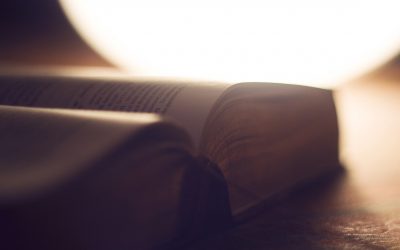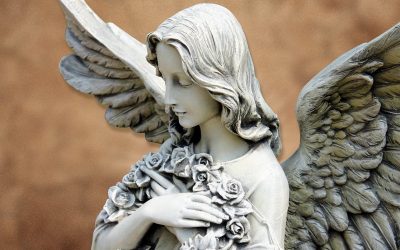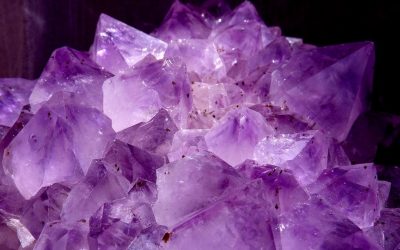The most famous magic mirror was owned by John Dee, and you can still see it at the British Museum. Probably Mayan, the polished obsidian disk with its handle is easy to hold. That Dee, or more probably Edward Kelley’s ability with the mirror is not in doubt, considering the prodigious output of magical writings known as Enochian testifies.
The power to skry is possessed by few – Dee was not the only magician who required a skryer – even to this day, but technology has moved on. The system used by Chicago based magician Michael Bertiaux uses two mirrors held fairly close together, and the skryer perceives the energy between the two mirrors. One mirror is perfectly ordinary, while the other is actually a glass picture frame where the back of the glass is painted with four or more coats of matte black paint so no light is seen through it. The glass is replaced in the frame. Bertiaux suggests painting some appropriate voodoo symbols, but these are not necessary.
Magic Mirror: Neither-Neither
The space between a magic mirror is the Neti-Neti of Advaita Vedanta, or Neither-Neither, “not this, not this”, or “neither this, nor that”, which allows the skryer to enter a trance and perceive. This path of Negation allows transcendence by negating everything that is not the Self. This of course creates a tension, since the primary motivation of the magical mirror is to skry. There is no structure between the two mirrors, and if there were, it behoves the skryer to transcend it. Here things become curious, for Western magicians, the Kabbalistic Tree of Life is fundamental to magical practice – it is an immovable object. To get round this Tree, magicians have posited the Baxk Side of the Tree of Life, which is accessed primarily through Daath, the imaginary sephirah below the Abyss between Chokmah and Binah, into Tunnels (for with the addition of the Back Side the Tree becomes three-dimensional), whereby the magical secrets of the Orders is held away from prying eyes. Within these Tunnels, the magician may encounter a number of spirits. The late Kenneth Grant, one-time secretary of Aleister Crowley, and head of the Typhonian OTO in the UK, wrote extensively on the Dark Side of the Tree, particularly in relation to the spirits of Liber 231.
Clearly Grant and Bertiaux find structure which is perfectly satisfactory if the state of Neti-Neti is achieved, but what if it has not? Surely the danger of obsession and mental imbalance is immediate? Reading Grant and Bertiaux the mental distortions and the obsession with Gothic melodrama is evident. Neti-Neti describes the Self, as no description of the Self is possible, which is why it is a negation. The Self is eternal – all other perceptions and phenomena are by definition transient.
Neti-Neti implies space – which has no boundaries or imperfections, and it is on that space that all else is perceived. The mirrors are mere reflections of what can be perceived. It is as if the Self is perceiving ItSelf, but always in a relative sense, since we are using mirrors to transcend the senses, to allow the inner perception to subtler levels and regions.
Other Magic Mirrors
There are other kinds of magic mirrors that involve the abilty to leap into other dimensions, for example the voltigeurs beloved of Kenneth Grant. Grant uses a peculiar literary style that has been much criticised by those who are not aware of the purpose. In Outside the Circles of Time, Grant describes the process:
It is not my purpose to try to prove anything; my aim is to construct a magical mirror capable of reflecting some of the less elusive images seen as shadows of a future aeon. This I do by means of suggestion, evocation, and by those oblique and ‘inbetweenness concepts’ that Austin Spare defined as ‘Neither-Neither’. When this is understood, the reader’s mind becomes receptive to the influx of certain concepts that can, if received undistortedly, fertilize the unknown dimensions of his consciousness. In order to achieve this aim a new manner of communication has to be evolved; language itself has to be reborn, revivified. The truly creative image is born of creative imaging, and this is – ultimately – an irrational process that transcends the grasp of human logic.
The energy between the mirrors is generated continuously in a way that requires invention of description, which is why Grant emphasizes the need for language to change. Grant does indeed invent neologisms, for which he gets criticised. The discontinuities in the text point to this ‘leaping’. Grant also writes extensively on other magical disciplines, in particular the practices of Le Coulevre Noire, founded by Michael Bertiaux, and unless the student has access to both the writings of Grant and Bertiaux, the ability to comprehend is severely compromised, for in effect the literature of Le Coulevre Noire and the Typhonian OTO comprise a particular magic mirror.
As in a mill pond, the mind has to be still for the reflections to be undistorted. Current magical practice does not seem to facilitate this stillness in the magician in order for him to perceive those images. One may argue a trained skryer has this stillness, but this may not be a skill useful to the magician, but I disagree. If the magician cannot discern energies to start with, how can he manipulate them?





0 Comments